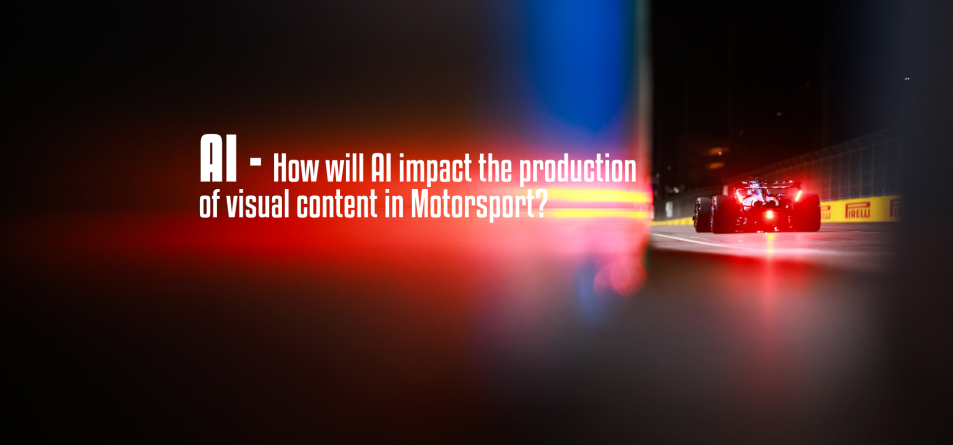AI – How will AI impact the production of visual content in Motorsport? Based on research and practical application, AI has the generative tools to improve work flow efficiencies in the process of film and photo editing. From automated transcription of voice to text, to selection of specific clips by words, to voice isolation from background noise, to smooth cut within interviews, to generated colour correction – AI has the capabilities of reducing time consuming processes of editing film clips within software time-line sequences.
Rachel Gutish shares her thoughts on racing Women’s Enduro GP 2024 on debut. Filming MXLink at Round 3 in Bettola, Italy June 2024.
These tools are specifically used when compiling film edits at World Championships when turn around of visual content is tight – ideally filming interviews and B-roll, then selecting clips to edit, and posting online by the end of each day. The case study of MXLink’s production of content at World WCR Final Round at Jerez, Spain in October 2025, completed the streamlined process, filming rider interviews and their preparations pre and post racing, then editing clips in reel/YouTube format, uploading online for viewer’s watching from Thursday through to the final race on Sunday.
Definitely, the production of visual content on Women’s Enduro GP Round 3 at Bettola, Italy in June 2024 required careful time management for filming rider’s given their busy schedules of testing and racing across various locations over 4 days. Capturing and editing footage of interviews to broaden audience engagement pre-during and post racing not only required being in the right spot at the right time to film, but also meant leaving enough time to edit clips and post as reels/YouTube films at the end of each day. AI would have improved productivity of editing making time available for enhancing creativity of visuals.
Maria Herrera shares her thoughts on racing World WCR Final Round at Jerez, Spain in October 2025. Filming: MXLink
So, if AI improves production of content through tools enabling efficient editing processes, creativity of thought on planning story-lines and approach to filming remains within the sole charge of the film producer. As case studies of MXLink films have proved, planning what the film aims to achieve forms the foundation upon which filming begins, followed by lights, camera, action, prior to post editing. This principle of thought allows the camera operator to capture raw emotions of rider’s facing the challenges of racing, which directly feed into viewer’s watching all around the world, wanting to know what is happening moment by moment at the track.
No single AI tool can capture levels of anxiety, anxiousness, and adrenaline that runs high within rider’s on the start-line before each race, nor predict reactions to race situations as they play out in real time on the track. And, no single AI programme can claim originality of filming, as the producer and camera operator have captured all content to edit in post. Without a doubt, AI has the ability to refine, streamline, and consolidate time consuming film editing processes, but the content has derived from the film producer – first and foremost – then, now, and in the future.
Header photo: Formula One Las Vegas Grand Prix Image F1.
Words: Sharon Cox.





Comments are closed.